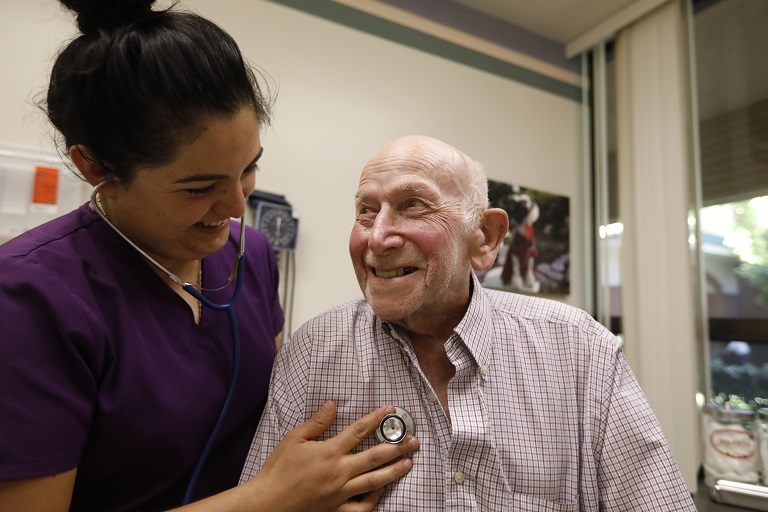An extensive literature review has pinpointed new health and wellness technologies that assist healthy, community-dwelling older adults in completing instrumental activities of daily living (IADLs). Home health care technologies, mobile technologies, and robot technologies rose to the top. These technologies were used most often, and most effectively, to support IADLs. As such, they can be useful aids to keep older adults living independently for longer and with a higher quality of life.
“Scoping Review of Technological Solutions for Community Dwelling Older Adults and Implications for Instrumental Activities of Daily Living” appeared in the February 2024 Aging and Disease journal. Researchers at the University of Maribor in Slovenia conducted this review of 52 studies.
The researchers looked at technologies that promote social connectedness, autonomy, mental health, physical health, and safety. Technologies were categorized by how well they supported specific IADLs: leisure, communication, health, mobility, home modifications, and food preparation and nutrition. The review also compared study results for each tech solution to determine the solution’s usability, user satisfaction, and acceptance by older adults.
Home Health Care Technologies Provide Most IADL Support
Researchers considered home health care technologies to be the most popular for IADLs. These technologies made up the largest portion of the review (44% of studies) and covered the most IADL categories (37%). These solutions offered exercise programs, falls prevention, and medication management—health prevention activities that could enable an older adult to live in the community for longer. The majority of these technologies (71%) were found to be “more effective.”
Mobile technologies made up 17% of the studies, with 73% of these technologies supporting health. Of the mobile technologies, 89% were deemed “more effective.”
Robot technologies supporting health and communication IADLs comprised 15% of the studies reviewed. Yet their effectiveness was uncertain, with 38% being considered “more effective” and 63% deemed “less effective.”
Involving Older Adults in Design Yields Better Tech
Getting older adults to use the technology that can help them age in place can be a challenge. The research highlighted one reason: the technology may not be designed to meet older adults’ needs.
Of the 52 studies included in the review, only eight had involved older adults in developing the technologies. Studies with participatory design “demonstrated higher effectiveness rates compared to those that did not involve older adults in the design process,” the researchers wrote, which highlights the importance of involving older adults in developing technologies meant to serve them.
More Open Source Is Needed
The researchers noted that while open-source software promotes innovation, it is sorely lacking among the technologies studied. Only four studies, less than eight percent, shared open-source information and/or a GitHub link related to their solutions, said the report.
Future Research Recommended
This review is believed to be the first to explore technologies as they serve specific IADL domains, while reviewing whether the technologies are open or closed source, evaluation tools and results, and the technologies’ effectiveness.
The researchers suggested that future research evaluate “a broader range of IADL categories” and how to improve technology adoption in this population.

 Shutdown Week Three: Impact of Ongoing Closure on Affordable Housing
Shutdown Week Three: Impact of Ongoing Closure on Affordable Housing


